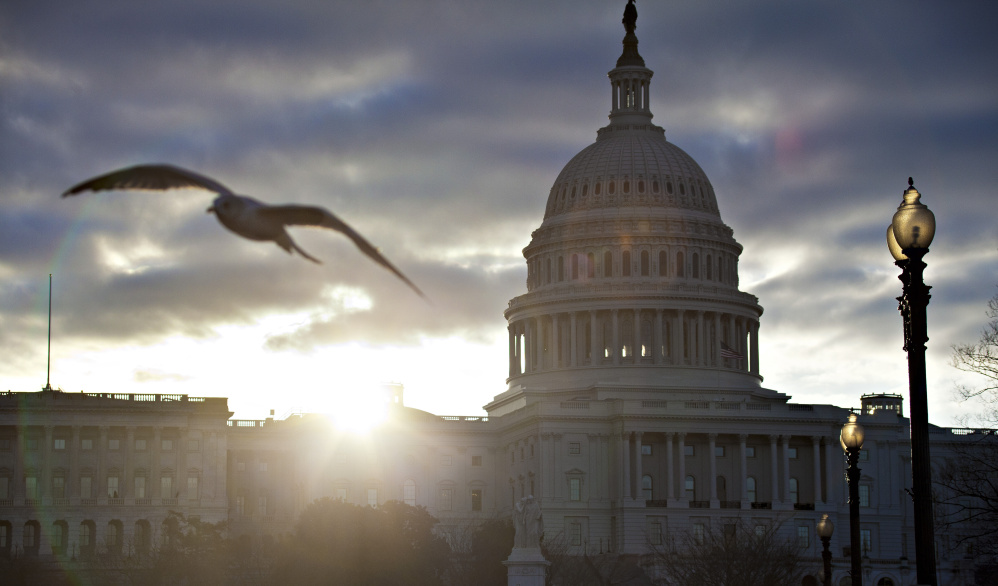Making daylight saving time permanent – by never “falling back” again – could save the country billions a year in social costs by reducing rapes and robberies that happen in the evening hours, according to a forthcoming paper by researchers at the Brookings Institution and Cornell University.
In 2007, Congress increased the period of daylight-saving time by four weeks, adding three weeks in the spring and one in the fall.
“This produced a useful natural experiment for our paper,” authors Jennifer Doleac and Nicholas Sanders write at Brookings, “which helped us isolate the effect of daylight from other seasonal factors that might affect crime.” They found that “when DST begins in the spring, robbery rates for the entire day fall an average of 7 percent, with a much larger 27 percent drop during the evening hour that gained some extra sunlight.”
The mechanism that might cause this drop is fairly simple: “Most street crime occurs in the evening around common commuting hours of 5 to 8 p.m.,” the authors write, “and more ambient light during typical high-crime hours makes it easier for victims and passers-by to see potential threats and later identify wrongdoers.”
Moreover, according to the paper, the drop in crime during evening hours wasn’t accompanied by a rise in crime during the morning hours. Criminals aren’t morning people, as it turns out. In addition to the decrease in robbery rates, the researchers found “suggestive evidence” of a decrease in the incidence of rape during the evening hours, as well.
Every crime carries a social cost – direct economic losses suffered by the victim, including medical costs and lost earnings; government funds spent on police protection, legal services and incarceration; opportunity costs from criminals choosing not to participate in the legal economy; and indirect losses like pain and suffering.
Previous estimates have put the total social cost of a single robbery at roughly $42,000, and the cost of a rape at $240,000. Tally it all up, and the three-week DST extension in the spring of 2007 saved the country $246 million, according to Doleac and Sanders.
“Assuming a linear effect in other months, the implied social savings from a permanent, year-long change in ambient light would be almost 20 times higher,” they conclude, or several billion dollars annually.
They do caution, however, that this is just an assumption and that more research would be needed to determine whether the drop in crime from enacting permanent DST would hold true year-round.
This economic argument joins a long litany of other arguments in favor of a permanent DST extension. Changing the clocks in any direction is a major disruption to our daily rhythms, resulting in increased rates of heart attacks, car accidents and work injuries. Year-round DST could potentially save hundreds of lives from a reduction in traffic accidents. DST also causes people to spend more time outside, resulting in a 10 percent increase in daily calories burned, according to one study.
Stack all of these findings, plus the big savings in crime and social cost outlined in the new Brookings paper, and you have a really powerful empirical case for permanent DST.
On the other side of the ledger, it might make life a little bit more difficult for some farmers. People also often cite schoolkids waiting for buses in the dark as an argument against yearlong DST.
But the dangers of standing around in the early morning hours are probably overstated – especially considering, as the Brookings paper shows, that many types of criminals don’t seem to be active during these hours.
Send questions/comments to the editors.



Comments are no longer available on this story